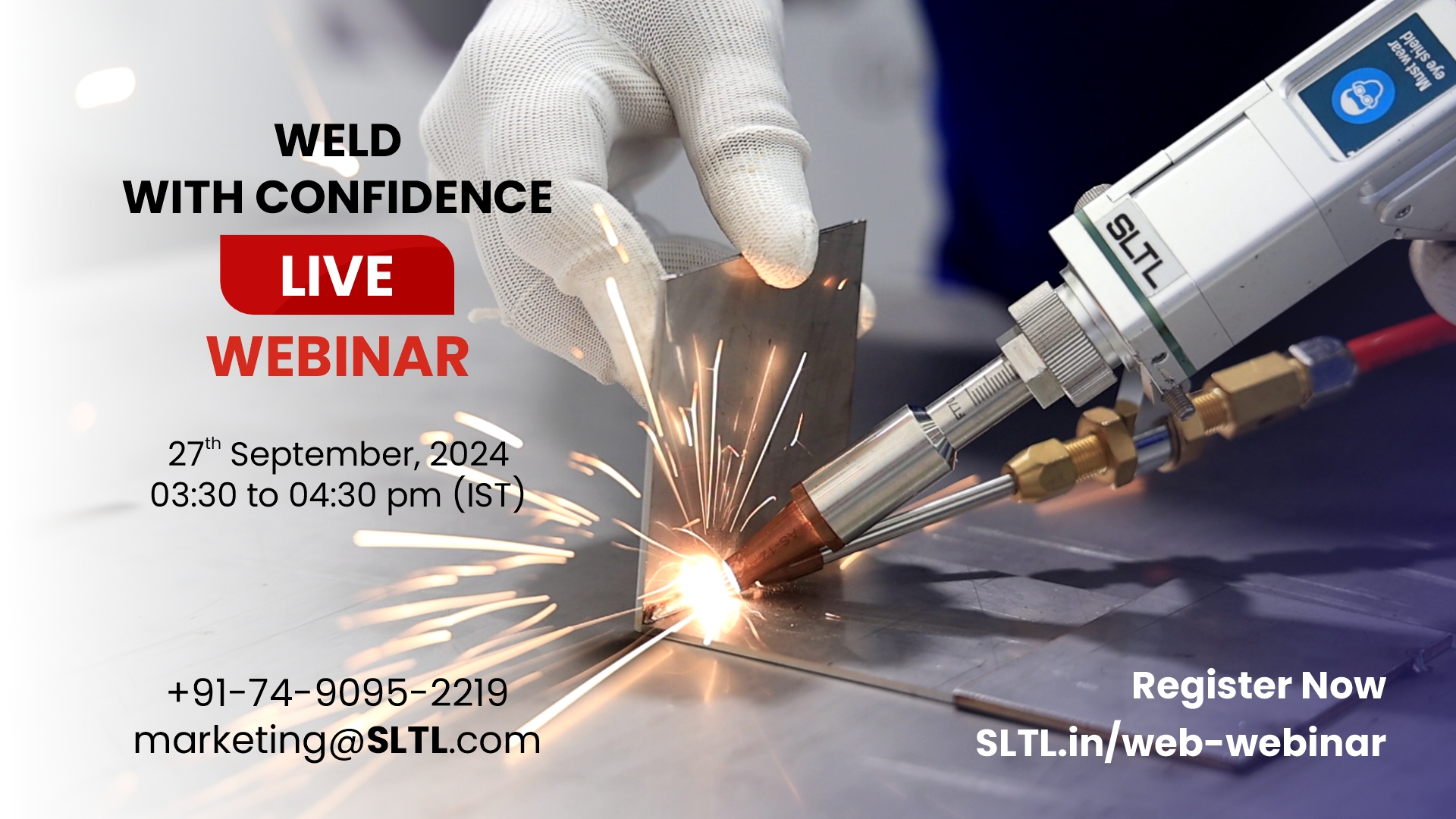
Introduction: Metal Fabrication’s Hidden Cost Monster
In the fast-moving world of metal fabrication, every inch of material and every second on the clock counts. But here’s the kicker-waste is silently eating up profits. Whether it’s scrap metal from inaccurate cuts, or costly rework due to poor quality, material waste has long been a hidden monster draining manufacturing budgets.
That’s where precision laser cutting enters like a superhero-armed with speed, accuracy, and cost-saving brilliance.
⚙️ What is Precision Laser Cutting?
Let’s break it down. Laser cutting is a thermal process where a focused laser beam melts or vaporizes material along a defined path. No blades. No physical contact. Just ultra-precise, high-speed slicing.
There are two main types:
- CO2 Lasers: Great for non-metals and thicker materials.
- Fiber Lasers: The modern marvel-compact, energy-efficient, and ideal for metals.
What makes it “precision”? Think micron-level accuracy, repeatable cuts, and software-driven perfection.

The Hidden Cost of Material Waste
Traditional methods like plasma or waterjet may get the job done, but they often leave behind:
- Wide kerf cuts, leading to more wasted material
- Heat-affected zones, weakening the edge
- Poor edge quality, demanding rework or rejection
This adds up-fast. Imagine losing 5-10% of every sheet. Over a year? That’s thousands in raw material costs, not to mention labor.
How Laser Cutting Reduces Waste
Laser cutting doesn’t just cut-it thinks.
- Narrower kerf width: A laser’s beam is thin as a strand of hair. Less metal vaporized = more parts per sheet.
- Nesting optimization: Software arranges parts like a perfect jigsaw, minimizing leftover material.
- Precision edges: No bevels or irregularities means no secondary finishing, saving time and metal.
Maximized Material Utilization
Here’s where it gets visual. Traditional methods might leave awkward scrap pieces that can’t be reused. Laser cutting, with tight tolerance nesting, fits parts together like Tetris blocks.
Before laser cutting:
- 70–75% material usage
- Lots of jagged offcuts
After laser cutting:
- 90–95% material utilization
- Tiny, uniform scrap easily recycled
Edge Quality = Less Rejection
Rough edges? Out-of-spec parts? That’s shop floor nightmare fuel.
Laser cutting gives you:
- Clean, dross-free edges
- Minimal burring
- Precision within ±0.1mm
The result? Fewer rejected parts, more usable pieces per sheet, and happier customers.
Repeatability & Consistency
When you’re producing hundreds or thousands of parts, inconsistency is the enemy. Human error creeps in with manual or mechanical cutting.
But laser machines?
- They don’t get tired.
- They don’t vary in pressure.
- They deliver identical results every time.
That’s music to the ears of lean manufacturing fans.
Operational Efficiency = Real Cost Savings
Let’s talk speed.
Laser cutting is fast. Like, blink-and-it’s-done fast. That speed means:
- Lower energy costs
- More jobs per shift
- Less machine downtime
Oh, and since there are no physical tools, there’s zero tool wear. That’s one less maintenance headache.
Minimal Rework, Maximum Output
You know the drill-literally.
Cut a part, then deburr, grind, polish. Hours lost. With precision laser cuts, you skip most of that.
Less rework = more output = fatter margins.
Eco-Friendly Fabrication
Waste isn’t just a profit problem-it’s an environmental one. Every pound of scrap metal has a footprint.
Laser cutting helps by:
- Reducing scrap by up to 50%
- Cutting down CO2 emissions with efficient lasers
- Supporting closed-loop recycling systems
So you don’t just save money-you make your process greener.
Real-World Wins: Case Studies
- Company A (Chicago-based fabricator): Switched to fiber laser, reduced raw metal costs by 35% in under 6 months.
- Company B (Texas): Reported 50% drop in scrap generation, plus higher throughput with no extra labor.
Laser precision isn’t just a buzzword-it’s changing balance sheets.
Automation + Precision = Magic
Modern laser systems integrate with CAD/CAM software. Engineers design it, machines execute it-flawlessly.
Some even come with AI-powered vision systems, adjusting in real-time for material inconsistencies.
Less human involvement. More accuracy. Fewer mistakes.
Things to Consider Before You Leap
Not every shop is ready for a laser cutter. Here’s what to think about:
- Material types: Lasers love metals but need tweaking for non-metals.
- Volume: The more you cut, the faster you see ROI.
- Upfront investment: Yes, it’s higher-but the long-term savings are huge.
Future Outlook: Smart & Sustainable
Laser tech is aligning with Industry 4.0. That means:
- Predictive maintenance
- Real-time analytics
- Data-driven process improvements
And with sustainability rising on the priority list, reducing waste is no longer optional-it’s your competitive edge.
Conclusion: Cut Costs, Not Corners
Precision laser cutting is more than just a fancy tool-it’s a strategic investment. It slashes waste, optimizes material use, and elevates quality, all while making your operations faster and greener.
In a world where margins are thin and competition is fierce, every cut counts. With laser cutting, every cut is smarter.
FAQs
1. Is laser cutting really more efficient than traditional methods?
Yes! It offers higher accuracy, better material usage, and reduced rework time-resulting in better overall efficiency.
2. Can small shops afford precision laser machines?
Absolutely. Leasing options and entry-level systems make it accessible even for smaller operations.
3. How much waste can actually be saved?
Studies show up to 50% less scrap compared to traditional methods when optimized properly.
4. What materials benefit the most from laser cutting?
Metals like steel, aluminum, brass, and copper see the biggest gains due to clean, precise cuts.
5. Does automation affect the cut quality?
Yes—and in a good way. Automation ensures repeatability and reduces the chance of human error, improving quality.










